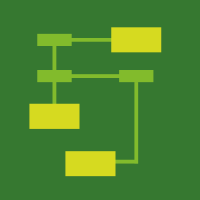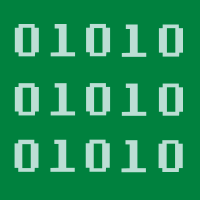Topic Editors

Complex Networks and Social Networks
Topic Information
Dear Colleagues,
Complex networks and social networks represent a topic of significant interest in the mathematical prediction and calculation to solve various social network problems via the perspective and approach of complex adaptive systems. Even since the boom of this school of methods in the 2000s, complex networks have attracted extensive research endeavors. We have seen fruitful results in several aspects of its prevailing functionalities, for example, prediction, dynamic modeling and experimentation in engineering, information sciences, social sciences, and economics/business studies. In particular, this stream of research is highlighted for its capability to rule out the occurrence of some unexpected outcomes which are usually unable to derive directly from linear modeling methods (e.g., statistical regression), while in many applications, the emergence of the expected pattern is under the spotlight of investigation, with either promising or concerning outcomes. Examples include information cascade on social media, tipping points of public opinions in media hype, coordinated deficiency in a complex system causing tremendous disaster in security or humanity, and so forth. We are strongly interested in receiving multidisciplinary research manuscripts which focus on the application of emerging networks inclusive of information networks, human–machine networks, social media networks, net-zero energy networks, and other automated connected networks for security.
Dr. Jie Meng
Prof. Dr. Xiaowei Huang
Prof. Dr. Minghui Qian
Dr. Zhixuan Xu
Topic Editors
Keywords
- multilevel analysis
- multiagents
- calculative simulation
- complex adaptive system
- emerging patterns
- tipping points
- structural changes
Participating Journals
| Journal Name | Impact Factor | CiteScore | Launched Year | First Decision (median) | APC | |
|---|---|---|---|---|---|---|

Algorithms
|
2.3 | 3.7 | 2008 | 15 Days | CHF 1600 | Submit |

Computation
|
2.2 | 3.3 | 2013 | 18 Days | CHF 1800 | Submit |

Information
|
3.1 | 5.8 | 2010 | 18 Days | CHF 1600 | Submit |

Mathematics
|
2.4 | 3.5 | 2013 | 16.9 Days | CHF 2600 | Submit |

MDPI Topics is cooperating with Preprints.org and has built a direct connection between MDPI journals and Preprints.org. Authors are encouraged to enjoy the benefits by posting a preprint at Preprints.org prior to publication:
- Immediately share your ideas ahead of publication and establish your research priority;
- Protect your idea from being stolen with this time-stamped preprint article;
- Enhance the exposure and impact of your research;
- Receive feedback from your peers in advance;
- Have it indexed in Web of Science (Preprint Citation Index), Google Scholar, Crossref, SHARE, PrePubMed, Scilit and Europe PMC.



